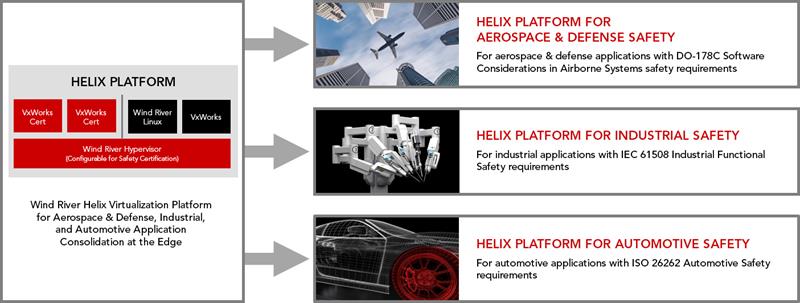From modernising aerospace platforms to updating industrial infrastructure and advancing autonomous driving, the rise of more sophisticated edge computing across industries means that system developers will need to adapt quickly to modern software and cloud deployment practices, while maintaining dedicated, long-standing software. This paradigm shift to a more modern development approach will bring benefits in terms of flexibility, scope of applications and manageability. But it also brings new design challenges and uncertainties in terms of the pace of change, hardware and software technology choices, as well as future-proofing. As critical infrastructure also become more intelligent, with various forms of artificial intelligence running on edge devices, further layers of complexity and uncertainty are being introduced.
Developers need to know they can meet current project and compliance requirements, and plan their roadmaps, without having to make disruptive changes in the future if new hardware, software, frameworks or cloud services are needed. Helix Platform means legacy software can remain unchanged while running alongside new applications, and it is designed to provide all the benefits of a consistent, scalable and agile platform for edge devices.
According to Wind River, Helix Platform addresses a wide range of critical infrastructure development needs, from highly-dynamic environments without certification requirements, to highly-regulated static applications such as in avionics and industrial, as well as systems requiring the mixing of safety-certified applications with non-certified ones, such as in automotive.

- Robust time and space partitioning leveraging Wind River’s RTOS and virtualisation technology, safety certified functionality, and commercial off-the-shelf (COTS) certification evidence
- Multi-operating system capabilities enable the consolidation of mixed-criticality workloads, side by side, on a single edge compute platform
- Consolidation of multiple applications into one platform allows common edge devices to serve diverse system architecture needs, such as low latency control functions on an RTOS alongside Linux-based applications and frameworks, such as machine learning
The offering comprises VxWorks along with its virtualisation technology, integrated with Wind River Linux and Wind River Simics for system simulation. It meets the stringent safety-certification requirements of the DO-178C, IEC 61508, and ISO 26262 safety standards. Helix Platform is operating system-agnostic, providing the capability to run any unmodified guest operating system, such as Microsoft Windows, roll-your-own, and others. It also provides multi-core hardware support and availability on the latest Arm, Intel, NXP, and Xilinx silicon platforms that enable both 32- and 64-bit guest operating systems.













